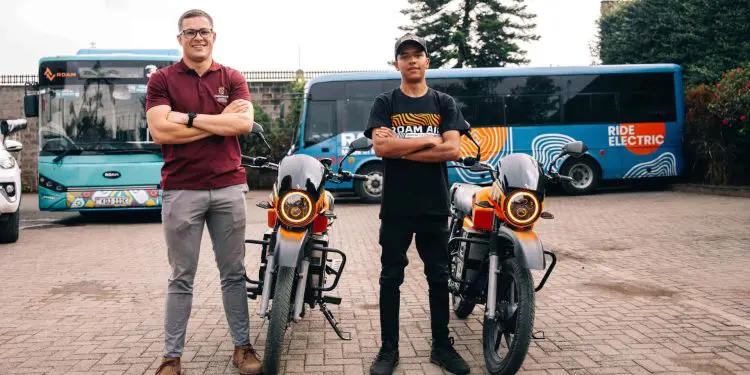Mobility is changing. While internal combustion engines used to reign supreme, the future is looking increasingly electric and sustainable. However, the way we source that electricity can differ, and in regions like Africa’s hot, sunny deserts, solar energy could be the key to powering the next generation of vehicles.
That’s precisely what Roam Electric, an African electric vehicle startup, aims to demonstrate with a bold adventure. In partnership with Stellenbosch University, the company plans a 6,000-kilometer (about 3,700 miles) journey from Nairobi, Kenya, to South Africa, relying solely on solar energy to power its Roam Air electric motorcycles.
The Roam Air is a prime example of an electric workhorse. It’s a simple, robust motorcycle designed to tackle the challenging landscapes of the African continent. Compact, easy to ride, and simple to repair, it’s ideal for last-mile deliveries, transporting people, or personal commutes. The bike’s versatility makes it the perfect candidate for such a demanding test.
However, there’s an extra challenge in this journey. Instead of relying on charging stations or battery-swapping points along the route, the Roam Air motorcycles will depend exclusively on solar power to stay charged. No, the bikes won’t have solar panels attached to them. Instead, two solar-powered support vehicles will accompany the motorcycles, ensuring that spare batteries are always charged.
Roam has committed to using no fossil fuels during the entire trip—just the power of the sun to cover the 6,000 kilometers. But what’s the real purpose of this adventure, given that there will be support vehicles providing power?
More than testing the capabilities of the Roam Air electric motorcycles, the mission’s main goal is to prove the efficiency and potential of solar energy as a viable energy source. Roam Electric wants to show that solar power could be a game-changer, not just for Africa but for the entire world. Should Roam successfully complete this epic journey, it could draw the attention needed to establish solar-powered charging infrastructure and battery-swapping stations in various regions, making electric mobility a viable long-distance option.








